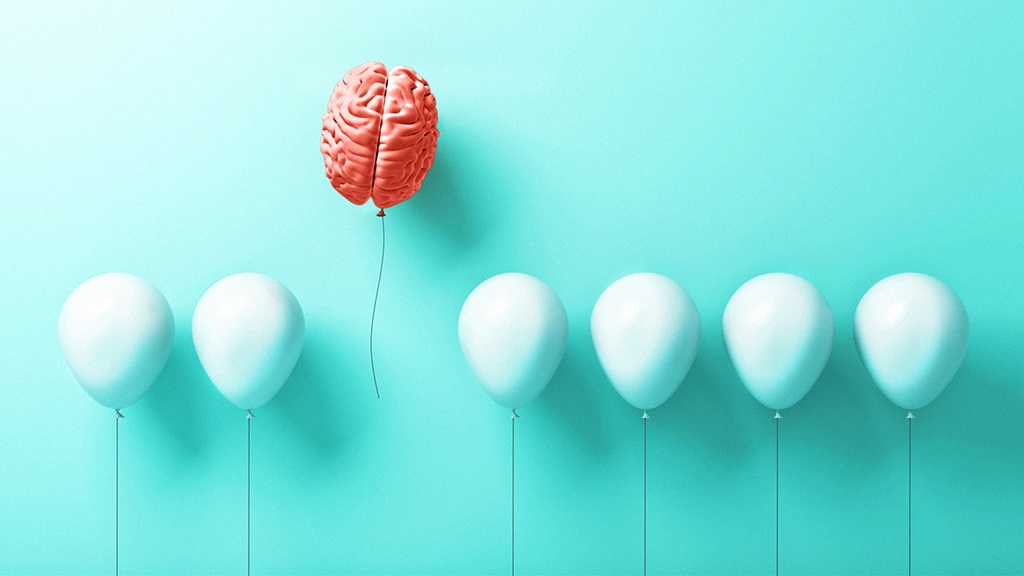
“We like to think of our champions and idols as superheroes who were born different from us. We don’t like to think of them as relatively ordinary people who made themselves extraordinary.”
—Carol Dweck, professor of Psychology at Stanford University
Carol Dweck has championed growth mindsets for decades—teaching, modeling, and living them. According to her, there are two different ways of seeing the world: fixed mindset and growth mindset. To be clear, this is a spectrum of thought, with fixed and growth mindsets at the far ends of the spectrum. In the social studies classroom, when teachers model a growth mindset, it provides a path to help students improve skill development, which will set the foundation for healthy, lifelong learning.
Subscribe to the blog to get more articles like this one sent to your inbox each week.
A fixed mindset orientation is relatively inflexible, and it can be confining. People entrenched in a fixed mindset often see intelligence and talent as innate and difficult to develop—either you have them or you don’t. Even a belief that one is “smart” can be confining and debilitating: students with fixed mindsets are less willing to try challenging work or subjects because they are afraid of slipping up and no longer being seen as “smart.”
Conversely, a growth mindset orientation takes a much more dynamic view of the world. Being open to adaptability and continual learning are the hallmarks of growth mindset thinking. Those with a growth mindset believe that intelligence can be developed, and that through effort and the process of learning, one can always grow.

Different mindsets have different responses to failure
When faced with failure or challenges, people with a fixed mindset often feel helpless and envelop themselves with debilitating, negative self-talk that prevents growth, causes more stress, and inhibits critical thinking. They downplay past successes and focus instead on failures. More than anything, they see themselves as being locked in place with few—if any—ways out.
When faced with failure or challenges, people with a growth mindset focus on mastery. They focus on what they are learning rather than on how they feel. Growth mindset thinkers use self-motivating statements such as, “The harder it gets, the harder I try.”
Brain research and the growth mindset
According to a 2007 study by Dweck and her colleagues, Lisa S. Blackwell and Kali H. Trzesniewski, seventh graders who were taught “the belief that intelligence is malleable (incremental theory) predicted an upward trajectory in grades over the two years of junior high school, while a belief that intelligence is fixed (entity theory) predicted a flat trajectory.” In other words, how we teach kids to see the world helps determine how empowered they feel and act.

Celebrate mistakes to promote a growth mindset
Teachers can provide students with feedback that focuses on effort and challenges them to grow their abilities. The key to a growth mindset culture in a classroom or throughout an entire school is embracing success and failures inherent in the learning process. Put another way, a growth mindset focuses on the process of learning a new skill rather than getting the “right” answer. Rather than judging students negatively for the mistakes they make, educators should instead celebrate mistakes as a natural part of learning.
Wise critical feedback helps students feel motivated to increase their success while maintaining high standards. By readjusting the conversation in class to focus on process instead of personal success, we can keep students from becoming “praise junkies.” Students who work through a problem develop a more enduring sense of pride and self-worth than students who are given general praise for being smart. We liberate our students when we change the conversation away from “Wow!! You are really smart for finishing the mapping test” to encouraging students be mindful of the process they followed to eventually achieve success, including analyzing their struggles. Ideally, we should then challenge them with more rigorous tasks. The intent of a growth mindset is not to transform schools into work factories, but instead into accepting, self-exploring havens where kids are celebrated for their effort instead of their pre-existing skills.
To sum it all up, to best empower our students with 21st-century skills we need to teach perseverance and adaptability. Cultivating a growth mindset culture is the avenue to do just that. Shifting our educational focus to how we can help students depersonalize mistakes, learn to be vulnerable, and celebrate a productive struggle will empower them and lead to a lifetime of learning and growth. And that is the best way to help students truly become extraordinary.
What does growth mindset look like at your school? We would love to hear from you.
Subscribe to the blog to get more articles like this sent to your inbox each week!
References
Ken Klieman is the author of Building an Empathy-Based Classroom, and has taught over 5,500 students and trained over 3,000 teachers. Ken has been awarded both California Teacher of the Year and Comcast All-Star Teacher of the Year. His work as a leading teacher trainer for the NEA and CTA and keynote speaker have solidified his pedagogical approach focusing on community building through performance-based, student-inquiry projects.
